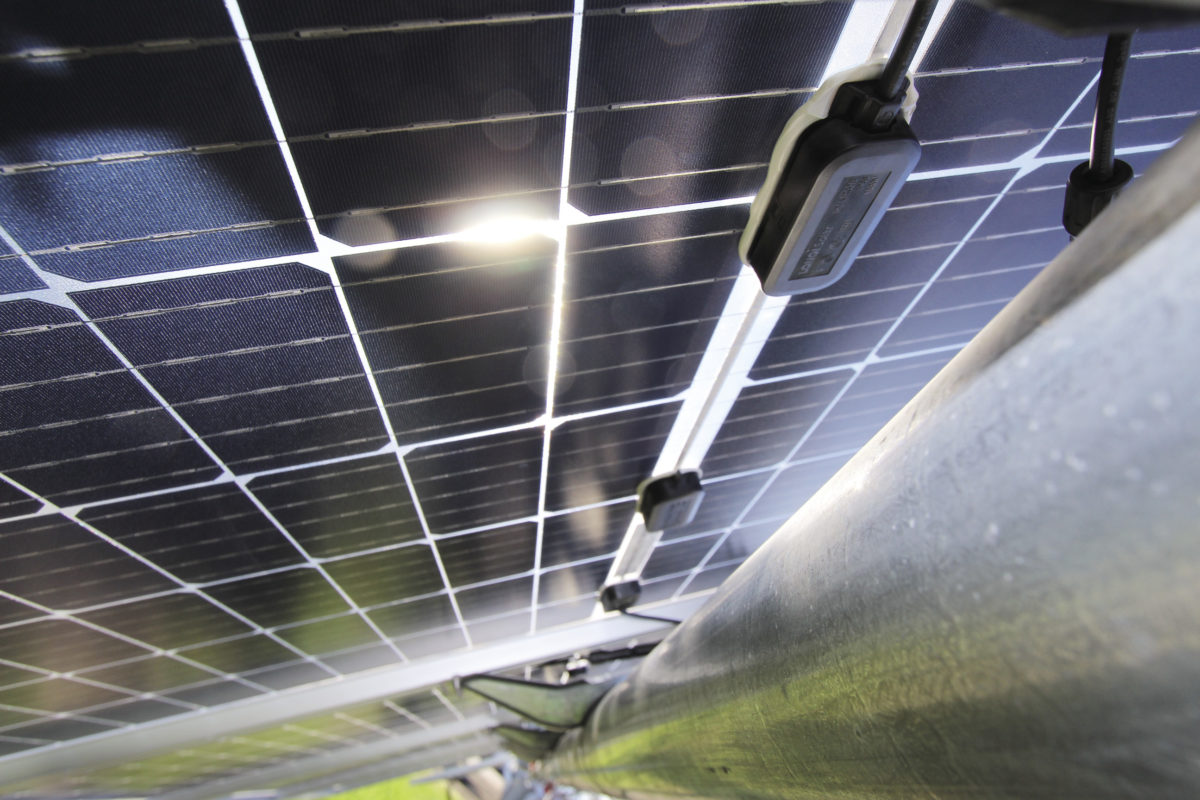Researchers from the Delft University of Technology in the Netherlands have tried to show that the IEC 61853 standard, which describes fundamental construction requirements for PV modules, could be extended to bifacial panels.
“Our work provides a comprehensive approach for calculating the energy rating of bifacial modules and shows that, in order to make it consistent with the existing standard, the Climate Specific Energy Rating (CSER) should be normalized with the front side irradiation,” researcher Malte Vogt told pv magazine.
Vogt noted that the IEC 61853 is currently applicable exclusively to monofacial panels. “Our paper is a step toward updating the standard to also cover bifacial modules, which are increasing in market share rapidly,” said Vogt.
In particular, the scientists suggest changes for the third part of the IEC 61853 standard, which combines module measurements and climate data in an energy yield and rating calculation algorithm. They also recommend changes for the fourth part, which defines the reference climates with hourly irradiation, temperature, wind speed, and angle of incidence data.
The Dutch group said the climate data from the fourth part could be expanded to take in all of the irradiance values for bifacial modules. They said that in the third part, the energy yield calculation algorithm needs to be adjusted for bifacial panel configurations.
The academics introduced a new model to calculate the rear irradiance and said its calculation should be performed exclusively by creating the bifacial module energy rating climate data and not by every user.
“It extends the climate data from IEC 61853-4 to provide additional rear irradiance components necessary for bifacial modules,” they said.
They split the rear irradiance (Gr) into beam direct, sky diffuse, and ground reflected diffuse irradiance.
Popular content
“Note that we use 20-degree module tilt angle in order to enable a comparison of monofacial and bifacial module energy ratings, as the monofacial standard fixes the angle to 20 degrees for all climates irrespective of what the optimum tilt for the climate might be,” the scientists said, noting that east–west-oriented and vertical installations, as well as systems with trackers, were not considered.
The researchers said they maintained the IEC 61853 standard's four main calculation steps for monofacial panels, while correcting angular losses for the yield calculation algorithm.
“In contrast to the standard, we apply it twice once for the front and once for the rear irradiation,” they explained, noting that they implemented a correction of the ground-reflected irradiance, as well as spectral correction.
The team tested the algorithm with two different approaches under real outdoor conditions over a nine-month period. One of the two methods gives the same CSER value for a bifaciality of zero as the monofacial module. The other one always gives a lower CSER.
The scientists said that their work consists of extending the rear-side angular correction for ground-reflected irradiance and combining total and effective irradiance in the temperature and power calculation steps.
“Thus, only relatively simple calculation steps and no measurements, which are not already used for the front side, are added when extending the standard to bifacial modules,” they said. They presented their findings in “Developing an energy rating for bifacial photovoltaic modules,” which was recently published in Progress in Photovoltaics.
This content is protected by copyright and may not be reused. If you want to cooperate with us and would like to reuse some of our content, please contact: editors@pv-magazine.com.



4 comments
By submitting this form you agree to pv magazine using your data for the purposes of publishing your comment.
Your personal data will only be disclosed or otherwise transmitted to third parties for the purposes of spam filtering or if this is necessary for technical maintenance of the website. Any other transfer to third parties will not take place unless this is justified on the basis of applicable data protection regulations or if pv magazine is legally obliged to do so.
You may revoke this consent at any time with effect for the future, in which case your personal data will be deleted immediately. Otherwise, your data will be deleted if pv magazine has processed your request or the purpose of data storage is fulfilled.
Further information on data privacy can be found in our Data Protection Policy.